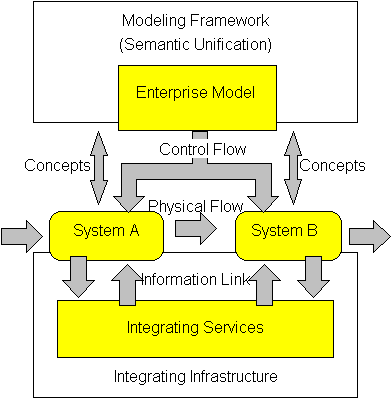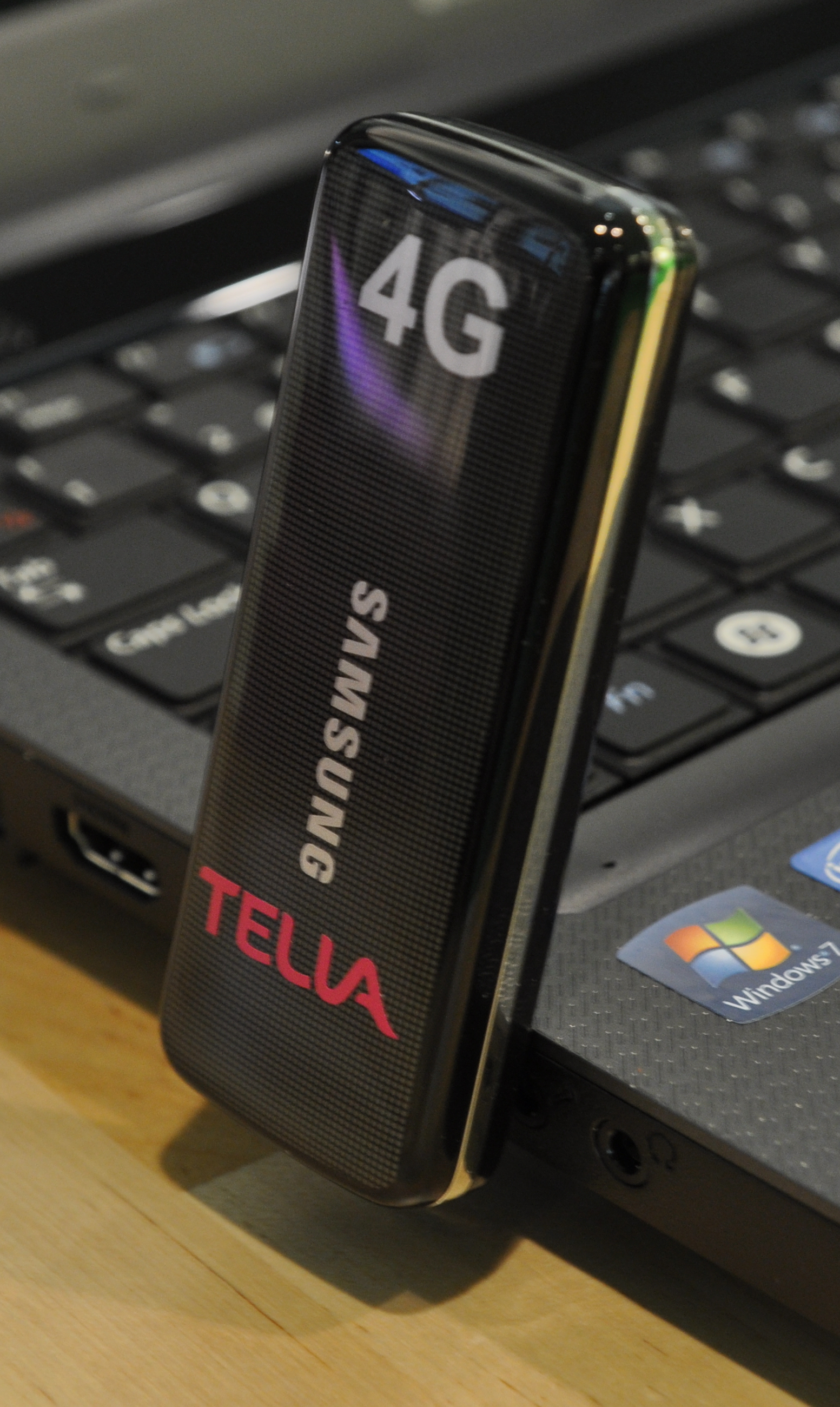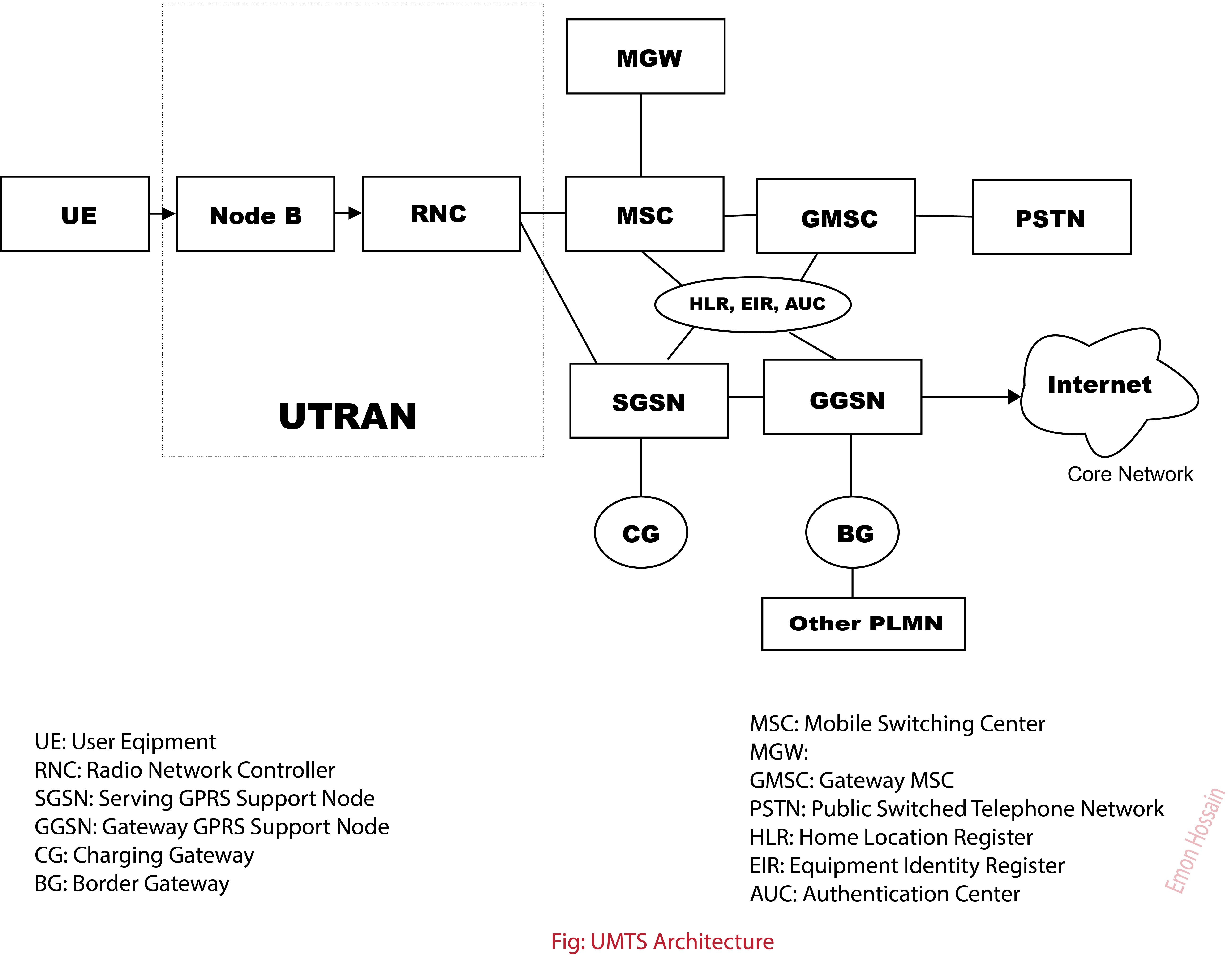|
Progresif Cellular
Progresif Sdn Bhd. (formerly known as Progresif Cellular Sdn Bhd) is a Brunei-based Government Linked Company headquartered in Bandar Seri Begawan, Brunei. Founded in 2014, Progresif now has more than 130 employees and around 200,000 customers, with eight retail stores throughout the kingdom. History Progresif was established in June 2014 after acquiring assets and infrastructure left by the now defunct B-Mobile Communications Sdn Bhd. In July 2014, Progresif appointed Paul Hyde as chief executive officer, and entered into an $18 million contract with Chinese multinational telecommunications equipment provider Huawei to help update legacy infrastructure and launch a network stabilisation program. This project required a full replacement of the mobile core network and Radio Access Network, in addition to upgrading the backhaul network and all base stations from 3G to HSPA+. In February 2016, the company announced plans to launch 4G LTE technology, and in April 2017, the company s ... [...More Info...] [...Related Items...] OR: [Wikipedia] [Google] [Baidu] |
Private Company
A privately held company (or simply a private company) is a company whose shares and related rights or obligations are not offered for public subscription or publicly negotiated in the respective listed markets, but rather the company's stock is offered, owned, traded, exchanged privately, or over-the-counter. In the case of a closed corporation, there are a relatively small number of shareholders or company members. Related terms are closely-held corporation, unquoted company, and unlisted company. Though less visible than their publicly traded counterparts, private companies have major importance in the world's economy. In 2008, the 441 largest private companies in the United States accounted for ($1.8 trillion) in revenues and employed 6.2 million people, according to ''Forbes''. In 2005, using a substantially smaller pool size (22.7%) for comparison, the 339 companies on '' Forbes'' survey of closely held U.S. businesses sold a trillion dollars' worth of goods and services ... [...More Info...] [...Related Items...] OR: [Wikipedia] [Google] [Baidu] |
Universal Mobile Telecommunications System
The Universal Mobile Telecommunications System (UMTS) is a third generation mobile cellular system for networks based on the GSM standard. Developed and maintained by the 3GPP (3rd Generation Partnership Project), UMTS is a component of the International Telecommunication Union IMT-2000 standard set and compares with the CDMA2000 standard set for networks based on the competing cdmaOne technology. UMTS uses wideband code-division multiple access (W-CDMA) radio access technology to offer greater spectral efficiency and bandwidth to mobile network operators. UMTS specifies a complete network system, which includes the radio access network ( UMTS Terrestrial Radio Access Network, or UTRAN), the core network (Mobile Application Part, or MAP) and the authentication of users via SIM (subscriber identity module) cards. The technology described in UMTS is sometimes also referred to as Freedom of Mobile Multimedia Access (FOMA) or 3GSM. Unlike EDGE (IMT Single-Carrier, based on GS ... [...More Info...] [...Related Items...] OR: [Wikipedia] [Google] [Baidu] |
Bank Islam Brunei Darussalam
Bank Islam Brunei Darussalam is an Islamic Bank in Brunei. Established in 2005 with the merger of Islamic Bank of Brunei and Islamic Development Bank of Brunei, it is based in Bandar Seri Begawan Bandar Seri Begawan (BSB; Jawi: بندر سري بڬاوان; ) is the capital city of Brunei. It is officially a municipal area () with an area of and an estimated population of 100,700 as of 2007. It is part of Brunei-Muara District, the .... References External links {{Portal, Banks Banks of Brunei Banks established in 2005 2005 establishments in Brunei Economy of Brunei ... [...More Info...] [...Related Items...] OR: [Wikipedia] [Google] [Baidu] |
Enterprise Integration
Enterprise integration is a technical field of enterprise architecture, which is focused on the study of topics such as system interconnection, electronic data interchange, product data exchange and distributed computing environments. It is a concept in enterprise engineering to provide the relevant information and thereby enable communication between people, machines and computers and their efficient co-operation and co-ordination. The Generalised Enterprise Reference Architecture and Methodology (GERAM) framework defined by the IFAC/IFIP Task Force provides the necessary guidance of the modelling process, see figure, and enables semantic unification of the model contents as well. The framework identifies the set of components necessary and helpful for enterprise modelling. The general concepts identified and defined in the reference architecture consist of life cycle, life history, model views among others. These concept help the user to create and maintain the process model ... [...More Info...] [...Related Items...] OR: [Wikipedia] [Google] [Baidu] |
Huawei
Huawei Technologies Co., Ltd. ( ; ) is a Chinese multinational technology corporation headquartered in Shenzhen, Guangdong, China. It designs, develops, produces and sells telecommunications equipment, consumer electronics and various smart devices. The corporation was founded in 1987 by Ren Zhengfei, a former officer in the People's Liberation Army (PLA). Initially focused on manufacturing phone switches, Huawei has expanded its business to include building telecommunications networks, providing operational and consulting services and equipment to enterprises inside and outside of China, and manufacturing communications devices for the consumer market. Huawei has deployed its products and services in more than 170 countries and areas. It overtook Ericsson in 2012 as the largest telecommunications equipment manufacturer in the world, and overtook Apple in 2018 as the second-largest manufacturer of smartphones in the world, behind Samsung Electronics. In 2018, Huawei repor ... [...More Info...] [...Related Items...] OR: [Wikipedia] [Google] [Baidu] |
Brunei Dollar
The Brunei dollar (sign: B$, Malay: ''ringgit Brunei'', currency code: ''BND''), has been the currency of the Sultanate of Brunei since 1967. It is normally abbreviated with the dollar sign $, or alternatively B$ to distinguish it from other dollar-denominated currencies. It is divided into 100 ''sen'' (Malay) or '' cents'' (English). The Brunei dollar is issued by the Autoriti Monetari Brunei Darussalam (Monetary Authority of Brunei Darussalam). Under a Currency Interchangeability Agreement in 1967, the Brunei dollar is interchangeable with the Singapore dollar at par. As such, the Brunei dollar is accepted in Singapore as "customary tender"; likewise, the Singapore dollar is accepted in Brunei. History Early currency in Brunei included cowrie shells. Brunei is also famous for its bronze teapots, which were used as currency in barter trade along the coast of northern Borneo. The Spanish-American silver dollar brought over by the Manila galleons was in wide use ... [...More Info...] [...Related Items...] OR: [Wikipedia] [Google] [Baidu] |
LTE (telecommunication)
In telecommunications, long-term evolution (LTE) is a standard for wireless broadband communication for mobile devices and data terminals, based on the GSM/ EDGE and UMTS/HSPA standards. It improves on those standards' capacity and speed by using a different radio interface and core network improvements. LTE is the upgrade path for carriers with both GSM/UMTS networks and CDMA2000 networks. Because LTE frequencies and bands differ from country to country, only multi-band phones can use LTE in all countries where it is supported. The standard is developed by the 3GPP (3rd Generation Partnership Project) and is specified in its Release 8 document series, with minor enhancements described in Release 9. LTE is also called 3.95G and has been marketed as "4G LTE" and "Advanced 4G"; but it does not meet the technical criteria of a 4G wireless service, as specified in the 3GPP Release 8 and 9 document series for LTE Advanced. The requirements were set forth by the ITU-R organisa ... [...More Info...] [...Related Items...] OR: [Wikipedia] [Google] [Baidu] |
Global System For Mobile Communications
The Global System for Mobile Communications (GSM) is a standard developed by the European Telecommunications Standards Institute (ETSI) to describe the protocols for second-generation ( 2G) digital cellular networks used by mobile devices such as mobile phones and tablets. GSM is also a trade mark owned by the GSM Association. GSM may also refer to the Full Rate voice codec. It was first implemented in Finland in December 1991. By the mid-2010s, it became a global standard for mobile communications achieving over 90% market share, and operating in over 193 countries and territories. 2G networks developed as a replacement for first generation ( 1G) analog cellular networks. The GSM standard originally described a digital, circuit-switched network optimized for full duplex voice telephony. This expanded over time to include data communications, first by circuit-switched transport, then by packet data transport via General Packet Radio Service (GPRS), and Enhanced Data Rates f ... [...More Info...] [...Related Items...] OR: [Wikipedia] [Google] [Baidu] |
General Packet Radio Service
General Packet Radio Service (GPRS) is a packet oriented mobile data standard on the 2G and 3G cellular communication network's global system for mobile communications (GSM). GPRS was established by European Telecommunications Standards Institute (ETSI) in response to the earlier CDPD and i-mode packet-switched cellular technologies. It is now maintained by the 3rd Generation Partnership Project (3GPP). GPRS is typically sold according to the total volume of data transferred during the billing cycle, in contrast with circuit switched data, which is usually billed per minute of connection time, or sometimes by one-third minute increments. Usage above the GPRS bundled data cap may be charged per MB of data, speed limited, or disallowed. GPRS is a best-effort service, implying variable throughput and latency that depend on the number of other users sharing the service concurrently, as opposed to circuit switching, where a certain quality of service (QoS) is guarantee ... [...More Info...] [...Related Items...] OR: [Wikipedia] [Google] [Baidu] |
W-CDMA
The Universal Mobile Telecommunications System (UMTS) is a third generation mobile cellular system for networks based on the GSM standard. Developed and maintained by the 3GPP (3rd Generation Partnership Project), UMTS is a component of the International Telecommunication Union IMT-2000 standard set and compares with the CDMA2000 standard set for networks based on the competing cdmaOne technology. UMTS uses wideband code-division multiple access ( W-CDMA) radio access technology to offer greater spectral efficiency and bandwidth to mobile network operators. UMTS specifies a complete network system, which includes the radio access network ( UMTS Terrestrial Radio Access Network, or UTRAN), the core network ( Mobile Application Part, or MAP) and the authentication of users via SIM ( subscriber identity module) cards. The technology described in UMTS is sometimes also referred to as Freedom of Mobile Multimedia Access (FOMA) or 3GSM. Unlike EDGE (IMT Single-Carrier, base ... [...More Info...] [...Related Items...] OR: [Wikipedia] [Google] [Baidu] |
High-Speed Downlink Packet Access
High Speed Packet Access (HSPA) is an amalgamation of two mobile protocols—High Speed Downlink Packet Access (HSDPA) and High Speed Uplink Packet Access (HSUPA)—that extends and improves the performance of existing 3G mobile telecommunication networks using the WCDMA protocols. A further-improved 3GPP standard called Evolved High Speed Packet Access (also known as HSPA+) was released late in 2008, with subsequent worldwide adoption beginning in 2010. The newer standard allows bit rates to reach as high as 337 Mbit/s in the downlink and 34 Mbit/s in the uplink; however, these speeds are rarely achieved in practice. Overview The first HSPA specifications supported increased peak data rates of up to 14 Mbit/s in the downlink and 5.76 Mbit/s in the uplink. They also reduced latency and provided up to five times more system capacity in the downlink and up to twice as much system capacity in the uplink compared with original WCDMA protocol. High Speed ... [...More Info...] [...Related Items...] OR: [Wikipedia] [Google] [Baidu] |

.jpg)
.jpg)




